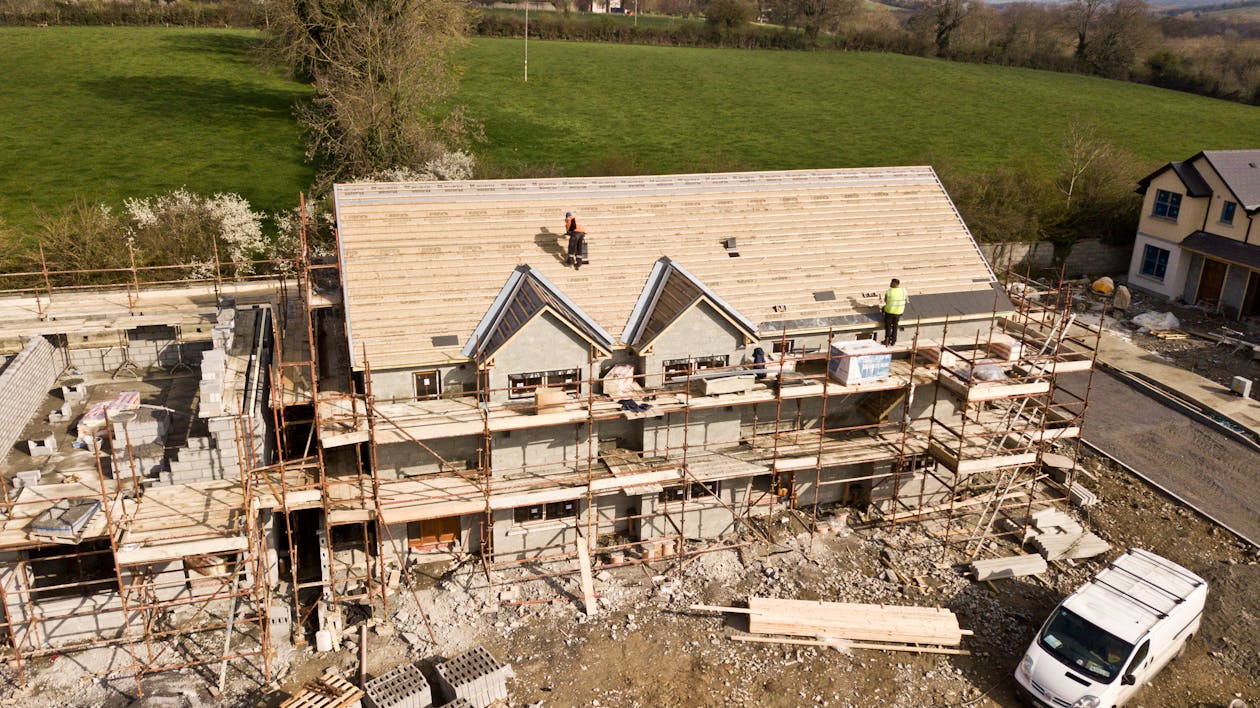The Backbone of Every Structure: A Guide to Essential Building Materials

Whether you’re building a home, renovating an office, or diving into DIY projects, one thing remains true — your project is only as strong as the materials you use. From concrete and steel to wood and insulation, choosing the right building materials can make all the difference in durability, sustainability, and cost.
In this post, we’ll explore the most common building materials, what they’re best used for, and how to make smart choices for your next build.
1. Concrete: The All-Around Workhorse
Concrete is everywhere — and for good reason. It’s strong, long-lasting, and versatile. Whether you’re pouring foundations, driveways, or countertops, concrete offers:
- High compressive strength
- Fire resistance
- Low maintenance
🔍 Pro Tip: Using ready-mix concrete can save time and ensure consistency, especially for larger projects.
2. Steel: Strength and Flexibility
Steel is a go-to for structural support in commercial and industrial buildings. It’s strong yet flexible, making it ideal for withstanding earthquakes and high winds.
Benefits include:
- High strength-to-weight ratio
- Recyclability (environmentally friendly!)
- Long lifespan
3. Wood: Timeless and Sustainable
Wood remains a favorite in residential construction thanks to its beauty and natural insulation properties. From framing to flooring, it’s incredibly adaptable.
Types to know:
- Softwoods (e.g., pine, cedar) – great for framing and outdoor use
- Hardwoods (e.g., oak, maple) – ideal for furniture and finish work
🌿 Eco-tip: Look for FSC-certified wood for sustainably sourced lumber.
4. Brick and Masonry: Classic Charm
Bricks bring timeless aesthetics and durability. Perfect for walls, fireplaces, and facades, bricks are:
- Fire-resistant
- Thermally efficient
- Low maintenance
Plus, they age beautifully — adding character over time.
5. Drywall: The Interior Staple
Also known as gypsum board, drywall is used to finish interior walls and ceilings. It’s quick to install and relatively easy to repair, making it a favorite for modern interiors.
💡 Quick Fix: Small holes in drywall can be patched in under an hour with the right kit.
6. Insulation: Hidden but Critical
From fiberglass batts to spray foam, insulation keeps your space energy-efficient and comfortable. It reduces:
- Heat loss in winter
- Heat gain in summer
- Noise transmission
Don’t skimp here — good insulation can pay off in utility savings.
7. Glass: Function Meets Form
Glass isn’t just for windows. It’s a design feature. From skylights to glass doors and even structural glass walls, it brings in natural light and modern style.
Types include:
- Tempered (safety)
- Laminated (security and soundproofing)
- Low-E (energy efficiency)
8. New Trends: Smart and Sustainable Materials
The future of building is green and smart. Keep an eye on:
- Recycled materials
- Cross-laminated timber (CLT)
- Self-healing concrete
- 3D-printed materials
Builders are embracing tech to create stronger, greener, and faster structures.
Final Thoughts
The best projects start with the right materials. Whether you’re a contractor, architect, or weekend warrior, understanding your building materials helps you build smarter, safer, and more sustainably.
